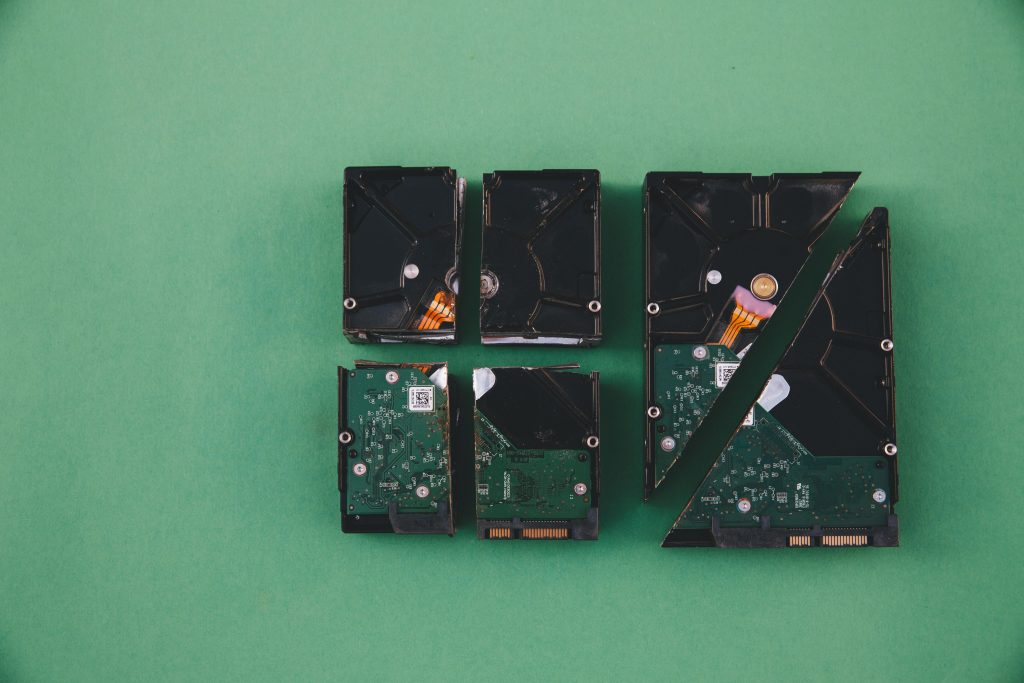The Risks of Neglecting Server Maintenance: A Cautionary Tale
In the realm of IT support, we often encounter scenarios that serve as stark reminders of the importance of routine maintenance and timely upgrades. Recently, we faced a troubling situation when a client’s server, housing critical company data, failed unexpectedly. Despite our persistent warnings over the last three years about potential risks, it became evident that our concerns had largely gone unheeded.
The server in question had been operational well beyond its expected lifespan, suffering from failing hard disk drives (HDDs) that had clearly seen better days. The LEDs indicating the server’s status were so dim that I was convinced they had burnt out. Unfortunately, it was a reflection of the server’s deteriorating condition, including the HDD error indicators.
We attempted to reconstruct the RAID 10 array, hoping to salvage some of the data from the remaining drive, but the damage was extensive. To compound the issue, the last backup was performed just two days prior, yet it appeared that the backup itself might be corrupted, leaving us to sift through what was left to retrieve the most essential files.
This server was running on Windows Server 2008, meaning that not only do we face data recovery challenges, but when the time comes to set up a new server, we will also need to create a new Active Directory. This migration process is anticipated to be a costly endeavor for the client, as all computers will have to be transitioned to the new system.
In reflecting on this experience, one must ask: Was it worth the risk for the client to extend the life of their server three times longer than the average? The server failure has resulted in a significant loss of time and productivity, as we now have to stock a new server in our workshop before it can be installed on-site.
The overarching lesson here is clear: it’s crucial not to cut corners when it comes to your company’s primary server. Regular maintenance, timely upgrades, and attention to warning signs can prevent potentially devastating data loss and lengthy downtimes.
As a side note, I must mention that this particular server was in a shocking state of disrepair—perhaps the dirtiest I’ve ever encountered. It made me wonder if someone had been smoking in the server room, a clear sign of neglect that aligns with the overall mismanagement of the hardware.
In conclusion, this unfortunate incident serves as a powerful reminder for businesses: prioritizing server health is not just a matter of convenience; it’s
Share this content:



